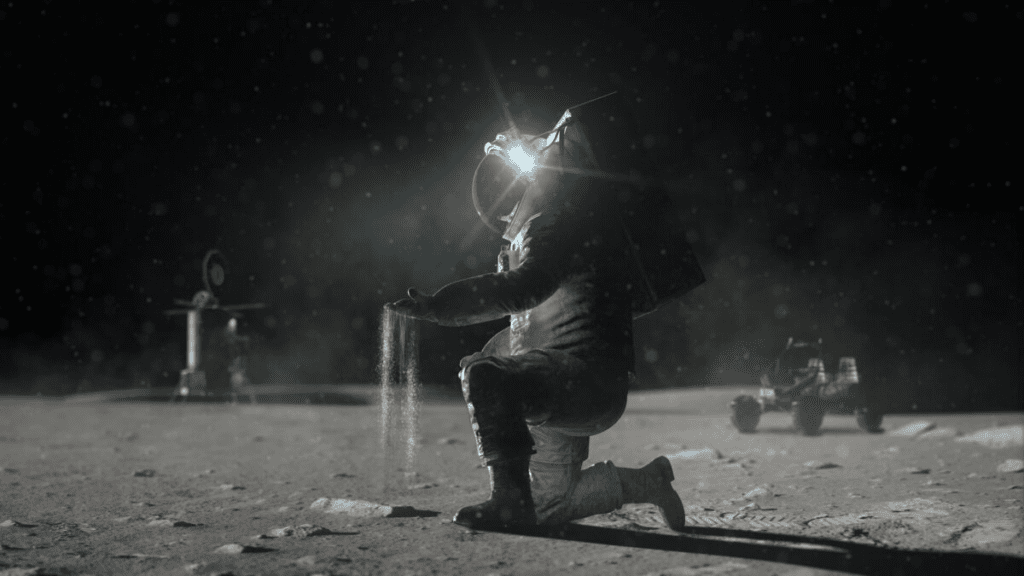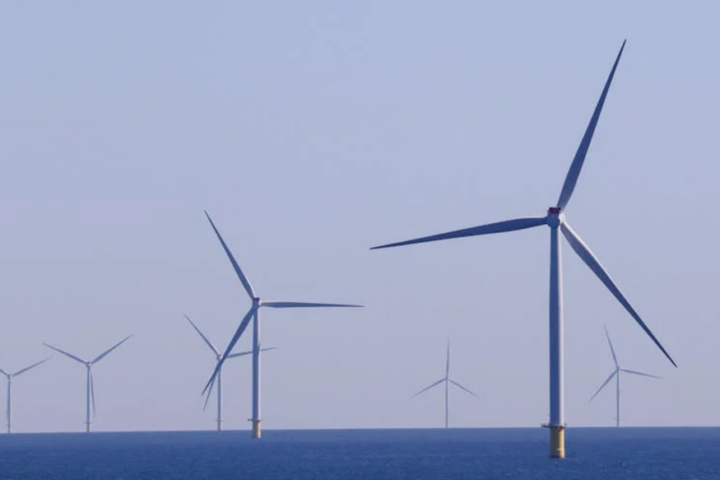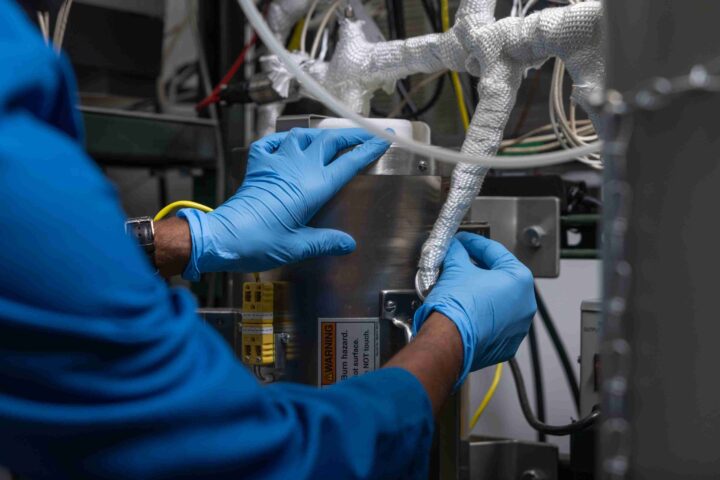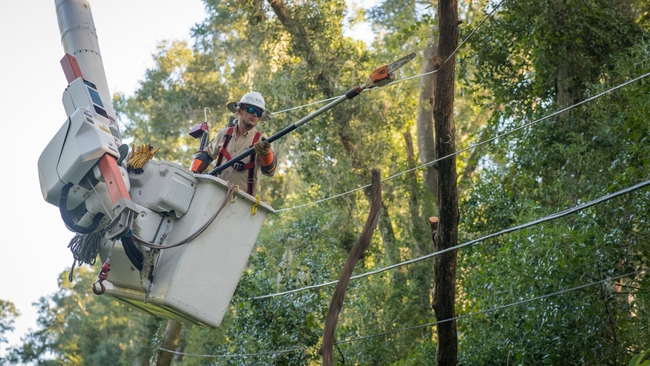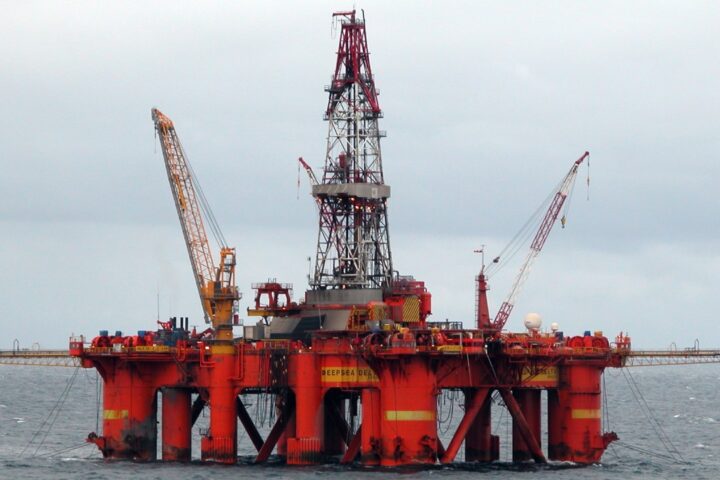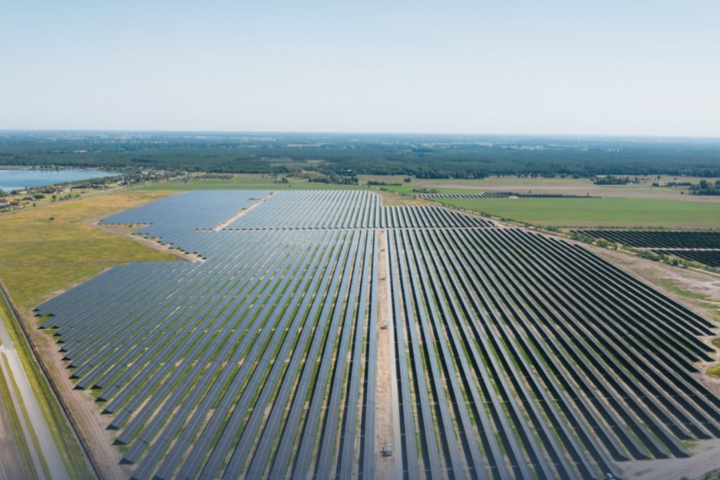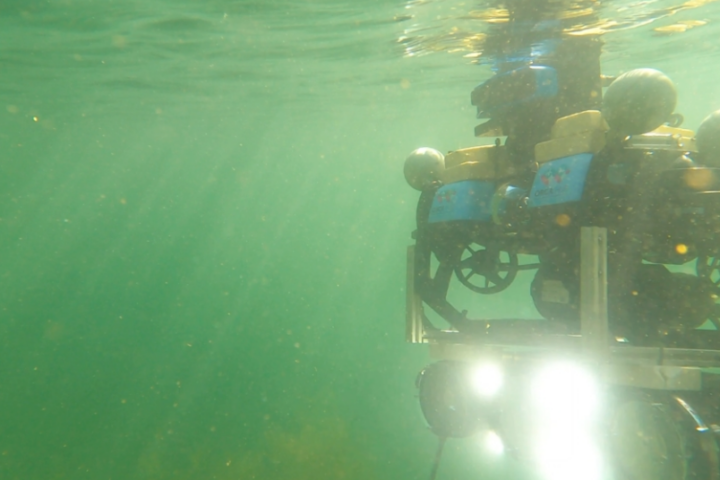Solar panels have long been heralded as a beacon of sustainability. However, their maintenance, particularly in arid regions, presents an environmental challenge. In such areas, cleaning a single panel can consume 7-8 liters of water, while in regular regions, it’s 3-5 liters. Given that an average home might need ten panels, the water usage can range from 3,000 to 7,000 liters. Addressing this concern, Enel Green Power, in collaboration with the Sicilian startup REIWA, has introduced SandStorm, a state-of-the-art robotic technology designed to clean solar panels without water. These robots are intricately designed to effectively remove dust, dirt, and sand, which can compromise the efficiency of the panels. Such challenges are particularly pronounced in arid regions with minimal rainfall, making waterless cleaning not just a luxury but a necessity. However, the implications of this issue are global.
Traditional cleaning methods, which rely heavily on water and sometimes emit gases, are now being overshadowed by the SandStorm robot’s innovative approach. Unlike pressure washers or tractors with hydraulic brushes, SandStorm robots are equipped with specialized brushes that operate autonomously. After a cleaning session, they return to their docking stations. Their adaptability is noteworthy; they can navigate irregular solar panel alignments and cover distances of 50cm or more.
The SandStorm robot’s accolades include winning the Enel Open Innovability platform challenge and successfully undergoing trials in the EGP Innovation Lab and at an industrial scale in Spain. Its proven efficiency and scalability have led to its adoption by two Spanish photovoltaic plants, Totana and Las Conchas, which have a combined capacity of 135MW.
One of the standout features of these robots is their ability to clean panels during nighttime, preventing any potential shading during daylight that could lead to electrical imbalances. Moreover, manual cleaning poses risks, with many individuals facing electrocution hazards if they don’t adhere to safety protocols. Robots, in this context, offer a safer and more cost-effective solution. They not only ensure optimal panel performance but also contribute to a reduction in carbon dioxide emissions by negating the need for diesel and water.
Similar Post
Underpinning the success of SandStorm is REIWA’s commitment to its continuous development, backed by Kilometro Rosso and venture capital fund Cycero. A new collaborative rover, currently being tested at the EGP, promises to streamline the movement of robots between panel rows, potentially reducing the number of robots required and simplifying operational complexities.
SandStorm is redefining the environmental footprint of solar energy. It stands as a testament to innovation in the face of ecological and logistical hurdles, offering an efficient, cost-effective, and environmentally conscious solution to solar panel maintenance. As it paves the way for future technologies aiming to bolster the efficiency and sustainability of renewable energy, Enel Green Power and REIWA’s joint venture embodies a vision that marries technological advancement with ecological responsibility.


